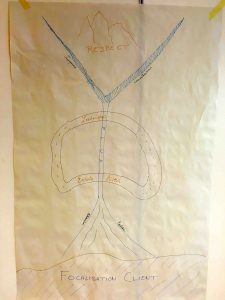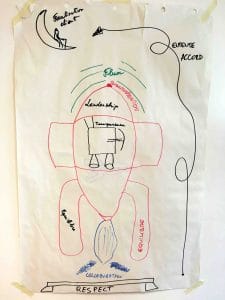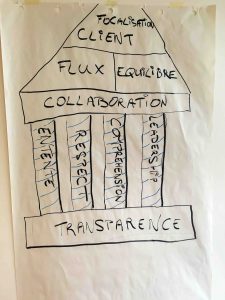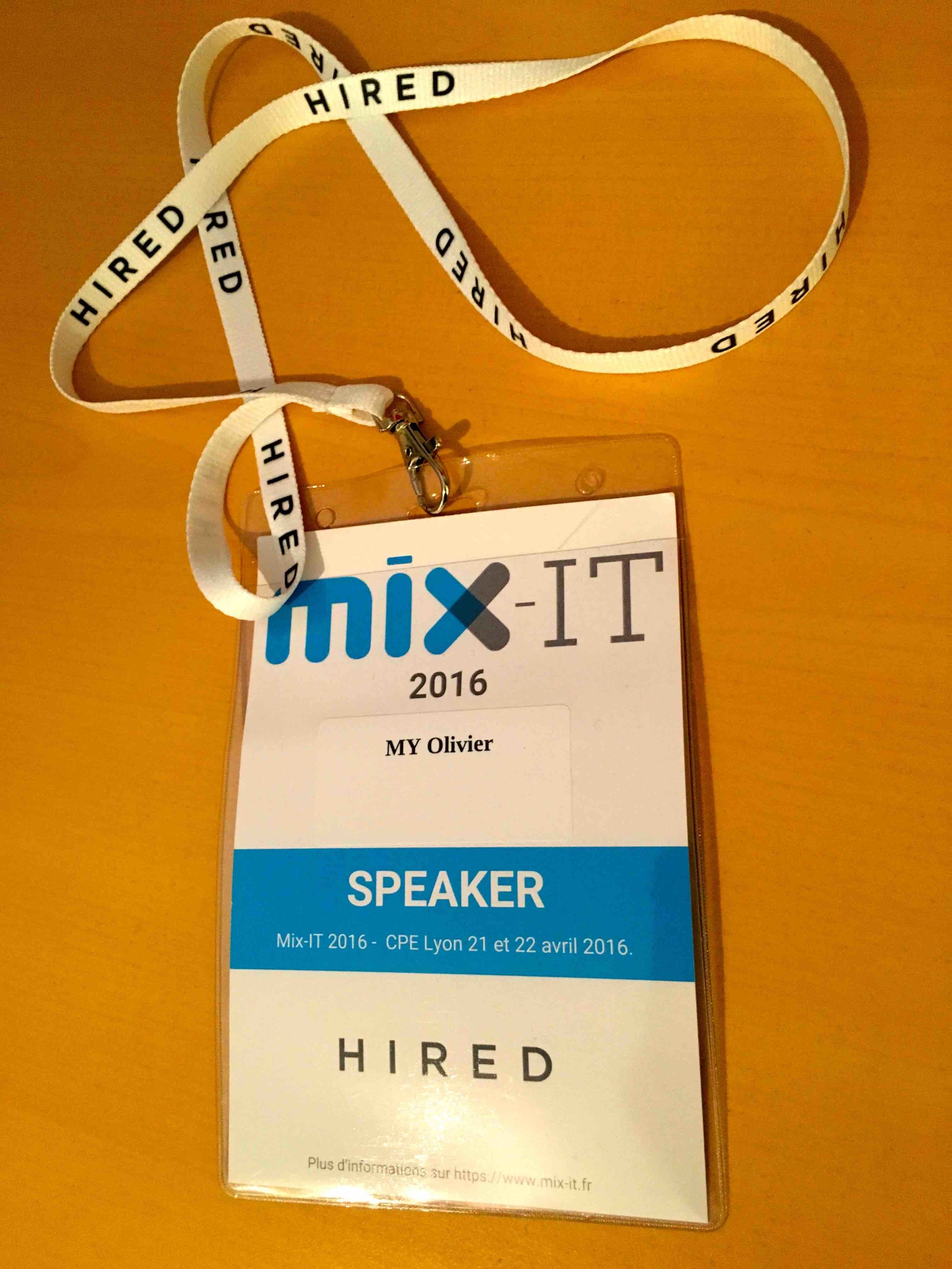
I had the chance to present the Kanban Values workshop of mike burrows To Mix IT in the premises of CPE Lyon April 21 and 22, 2016. It's always weird to go back to your old school a few years later but for a first time as a speaker, it was worth it! And even if presenting a subject on values to an audience mainly made up of developers was not easy, a few brave souls took the risk of the adventure! This is what happened! 😉
The pitch
When you participate in Mix-IT as a speaker, one of the first steps to take after the CFP selection is that of the pitch! Indeed, each speaker has 30 seconds to present his session in order to make participants want to come! So I thought about the main ideas I wanted to convey (kindly helped by Gregory Alexander) and got the following result:
Hello everyone, my name is Olivier My and I would lead a workshop around the values of Kanban. Instead of remaining at the conceptual level, I suggest that you explore together in order to better to understand and thus be able to better contextualize. The objective being that you come out of the workshop with 3 things: a retreat about your current usage, a strategy different implementation of Kanban – ranging beyond simple task board and limits – and new friends!
Now let's go to the workshop! 😉
The workshop
Step 1: Exploration
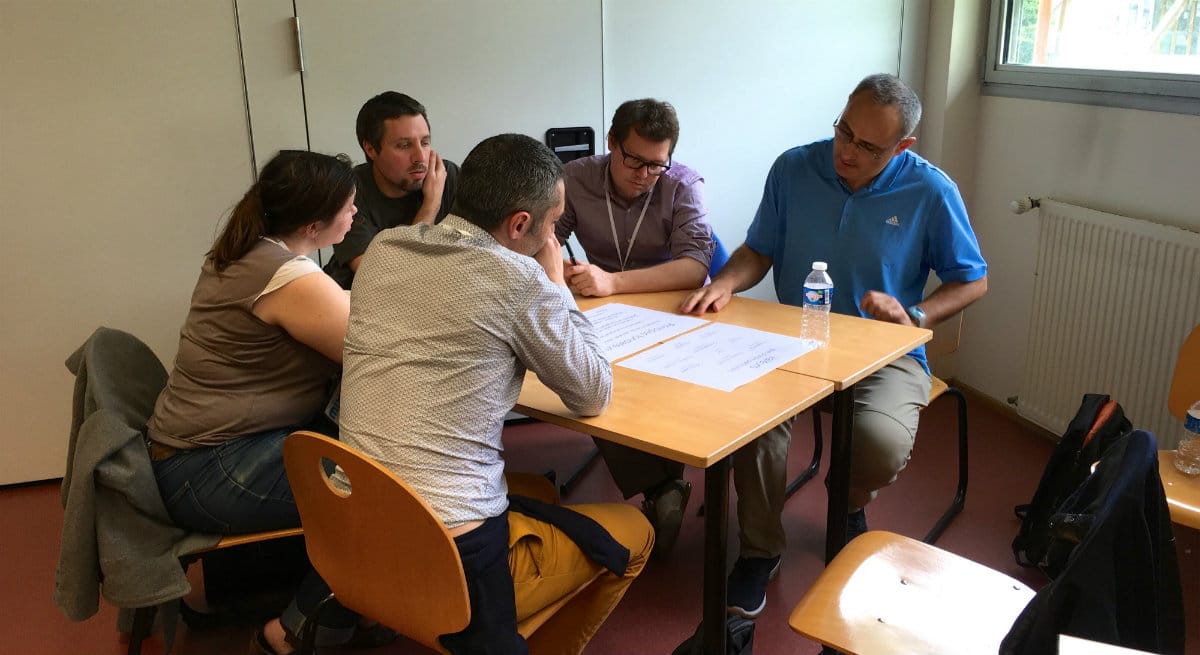
This first step consists of building a Kanban system linking the 9 Kanban values:
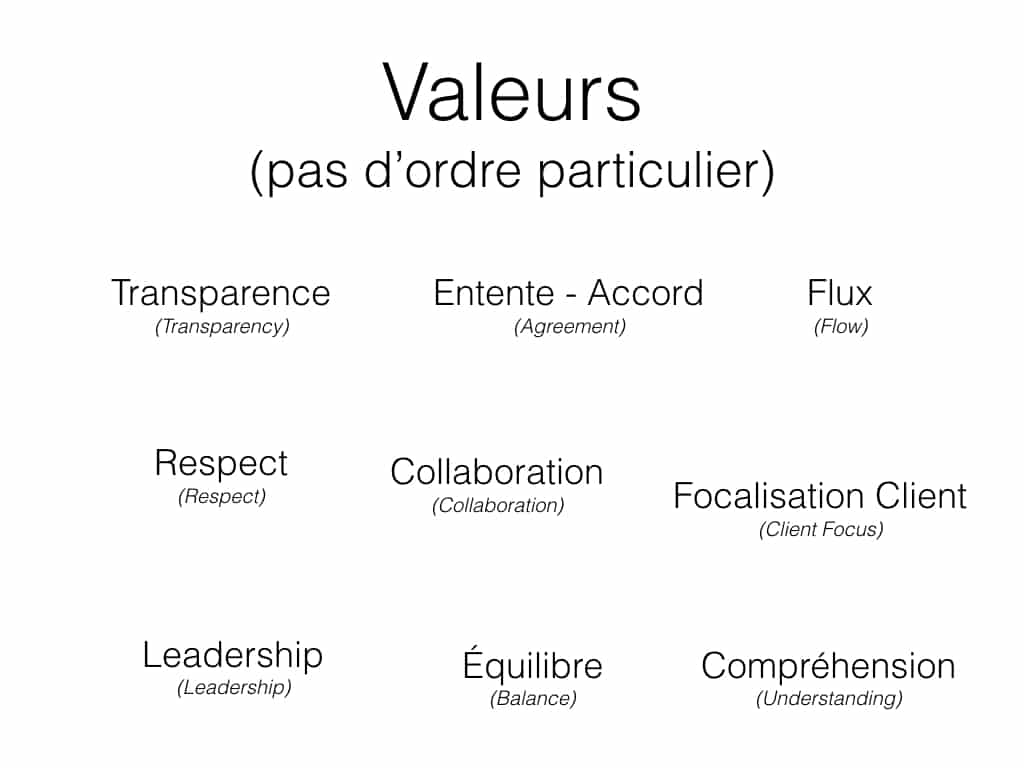
to its 4 founding principles:
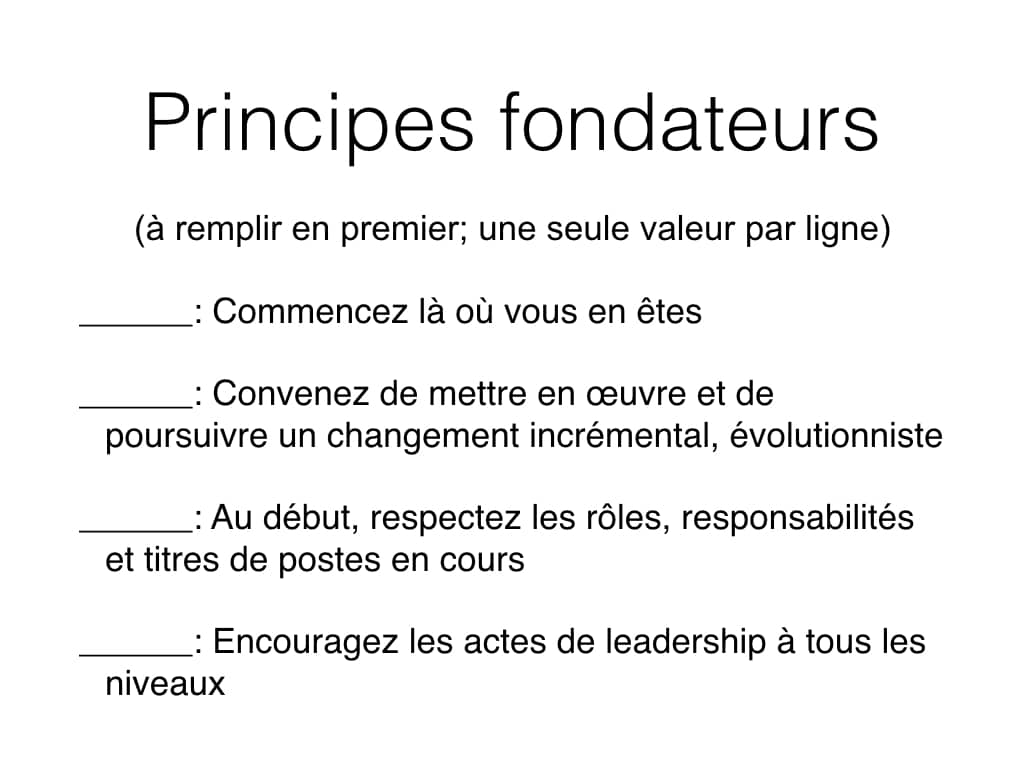
and its 6 fundamental practices: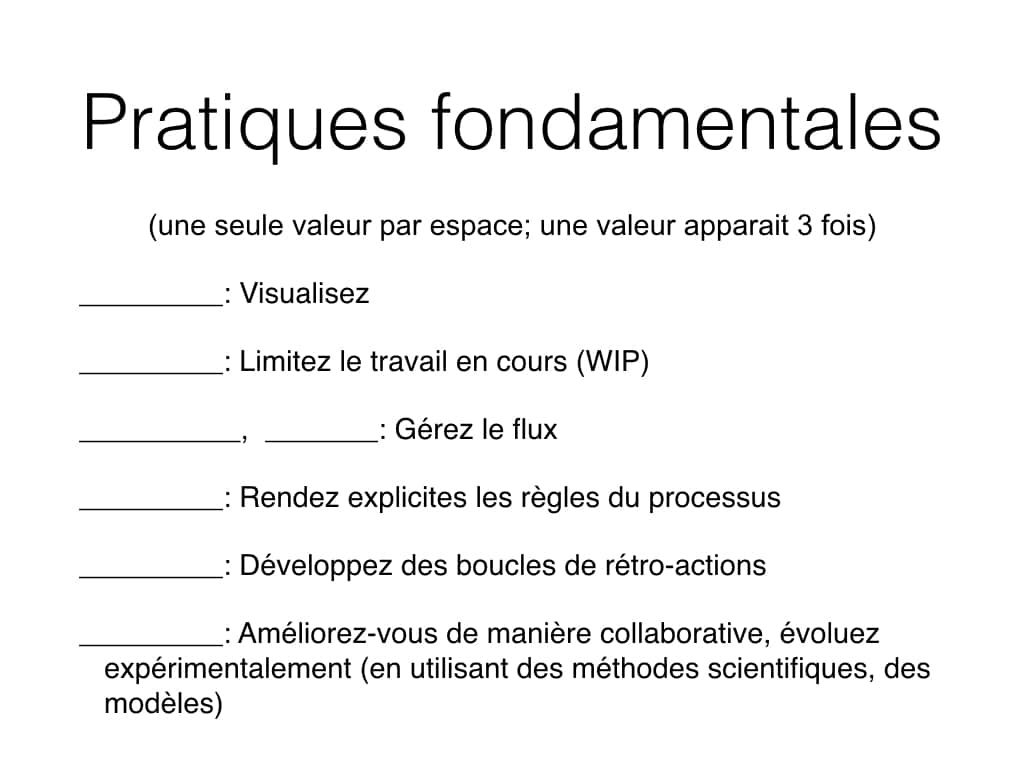
Discussions around values are always rich, and this first step is a good example. After about fifteen minutes of work in small groups, we then move on to a debriefing all together of its 4 founding principles and 6 fundamental practices:
We go through each principle / practice and each group:
- Reveal his answer
- Explains the meaning given behind the selected value
- Confronts the answers given by the author
NB: It should be noted that no answer is fundamentally wrong knowing that it is always considered and justified. Now, the objective is above all to better understand the meaning given by the author to these values in order to be able to use them more easily later on. You can find the explanations in theoriginal article (in English) published in 2013 by Mike Burrows or thetranslated article (in French) on this blog.
The step ofexploration finished, we go to the next step, that of theappropriation ! 😉
Step 2: Ownership
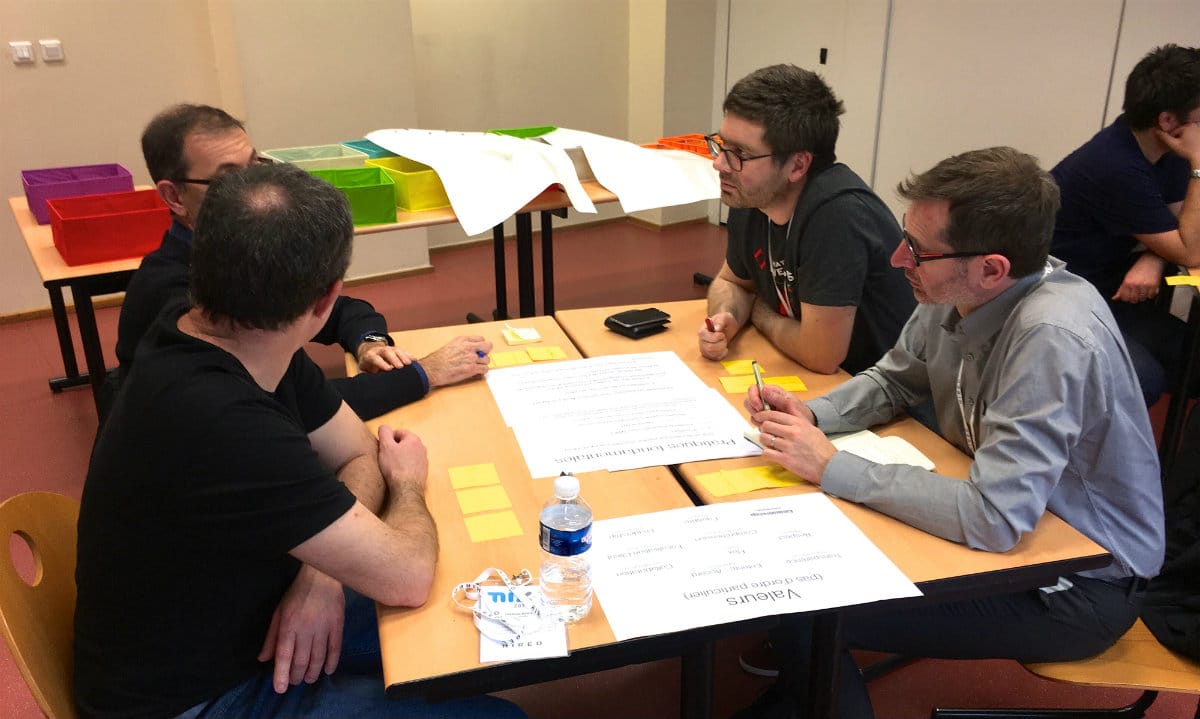
This step takes place in 2 distinct phases:
- First, I ask participants to individually reflect on the Top 3 values that resonate with them personally – as usual, one value per Post-it. I left a moment of sharing in the sub-group to allow the participants to explain their choices and thus continue the ownership process.
- In a second time and on a suggestion of Christophe Keromen, I invite them to define in a sub-group a Kanban implementation strategy based on values – in other words, define a Top 3 of the values which seem to them the most important to put in place first – in the context of a real problem :
- Each one quickly presents its context and its main issues
- The sub-group selects one of the contexts and thinks about the strategy that seems most relevant to them
- In debriefing, each sub-group presents the context studied and explains the chosen strategy
Note: The second "official" part of the Kanban Values workshop was supposed to be the definition individual of a Top 3 of the most important or confronting values within the framework of its own current context. The debriefing then corresponded to the sharing of the top three values by subgroup for each of the categories. During previous experiments, the participants had been able to feel a feeling of frustration in the sense that this “official” second time remained too superficial.
The variant carried out for Mix-IT was to make it possible to deepen the contextualization process Kanban values through the collective definition of a strategy on a concrete case. It also seems to have been much appreciated by the participants.
Step 3: Anchoring
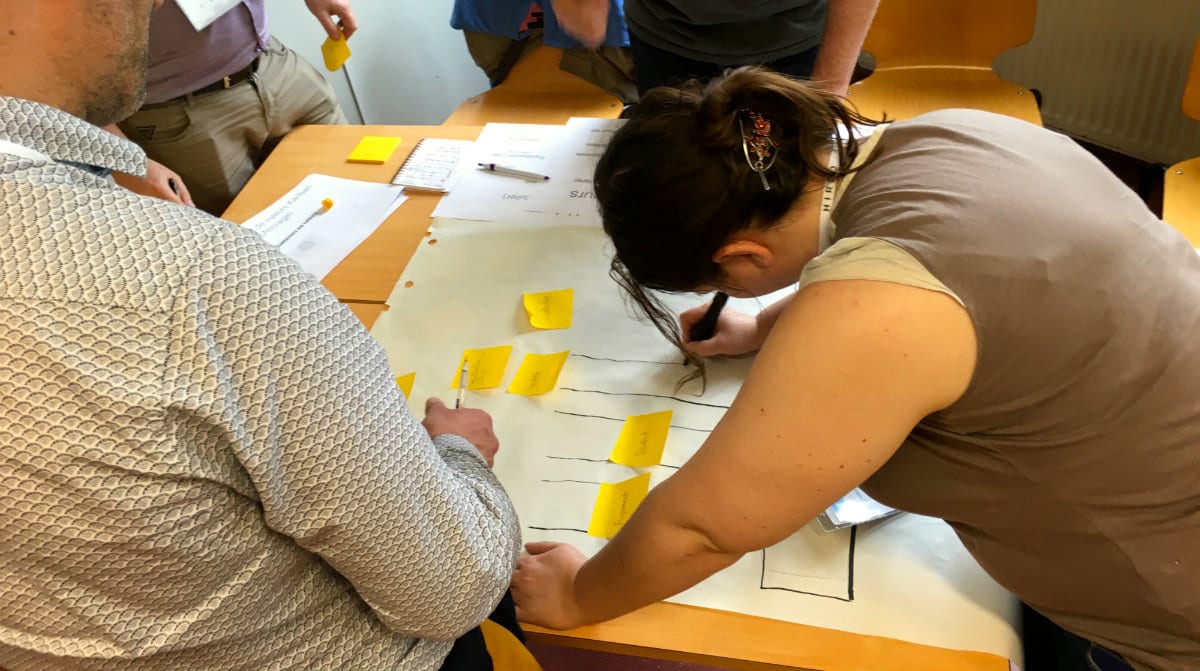
The purpose of this last step is to anchor the values in the participants to help them retain them. It is also the moment of release and relaxation after 2 stages of reflections, sharing and exchanges.
So, what's better than a visual representation? 🙂
2 models are then offered by default to the least creative participants:

The advantage of this approach is that it allows participants to categorize the 9 Kanban values. Indeed, instead of learning them all at once, it may be easier to remember groupings at first:
- What are the values at the heart of the approach?
- What are the values that flow from it?
- What are the “pillar” values?
- What is the "base" value?
- What is the value towards which we wish to tend?
- …
After about fifteen minutes of production, the results are displayed on the wall. Each sub-group then presents its visual.
When discussing with some participants, they were surprised by the fact that despite some disagreements between them during the previous stages, the visual representation was unanimous very quickly. This led me to wonder if this was not a direct consequence of the stages of exploration, appropriation and contextualization. 🙂

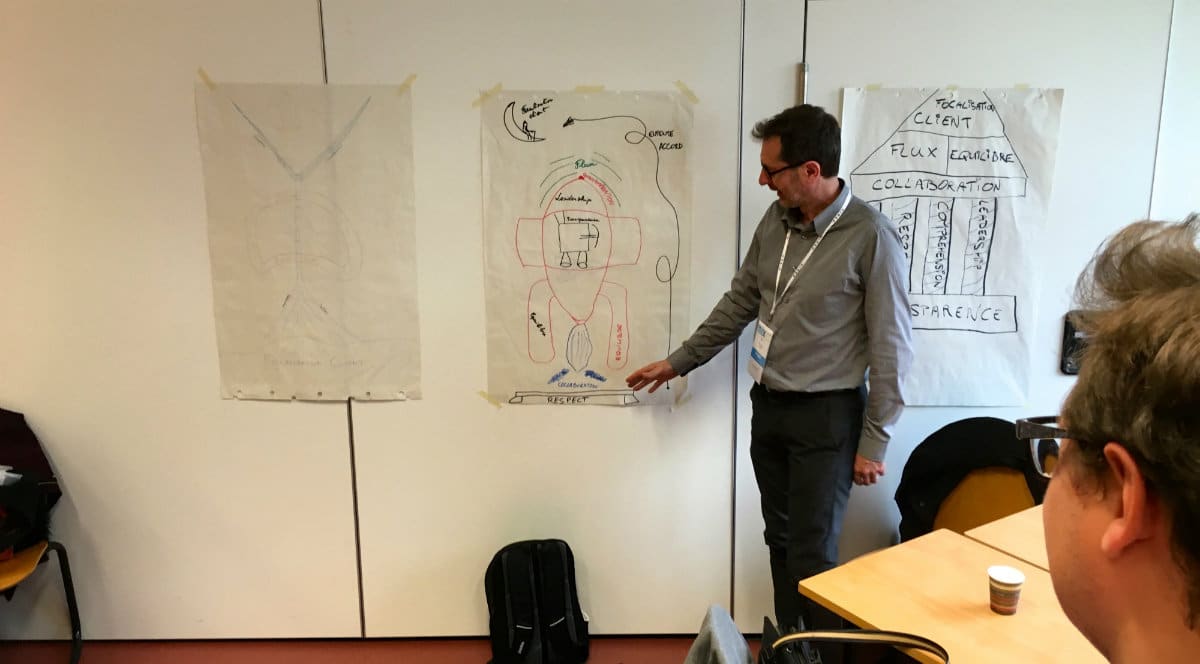
Results
And when creativity has no limits, we can see rabbits appear! 😀
Conclusion
I really appreciate this workshop in the sense that it is above all a moment of sharing and exchange. It allows participants to see the Kanban differently and bring a little more meaning to their implementation. Besides, he received good feedback. However, I think that to get the most out of it, participants should have a minimum knowledge of the Kanban approach so that they can put it into perspective.
Having unfortunately started the session late, I just regret not having been able to take enough time for a more general feedback. Indeed, here are some elements on which I would have appreciated to have a feedback:
- What are the elements that led you to participate in the workshop?
- What did you think of the animation format?
- What are you going to say about this experience?
I would like to thank the organizing team of Mix IT for allowing me to lead this workshop and of course the participants for their kindness and good humor: if the workshop was a success, after all, it is mainly thanks to them! 😉
Resources
- THE link to the original instructions of mike burrows
- THE link to the instructions translated into French by Christophe Keromen
- A article of Christophe Keromen on a session performed atAgile Playground Paris
- Some pictures and info of a Kanban Values evening co-hosted with Christophe Keromen for the French Kanban User Group Paris

